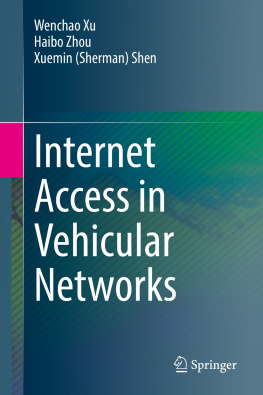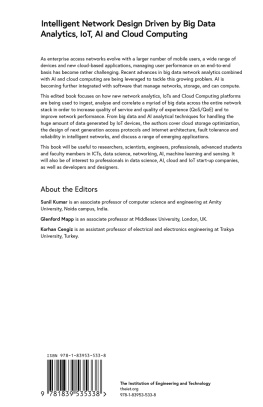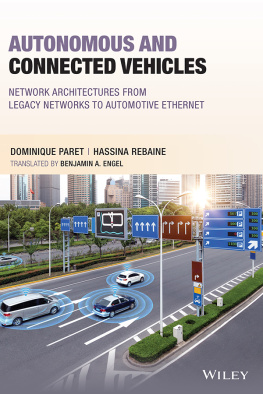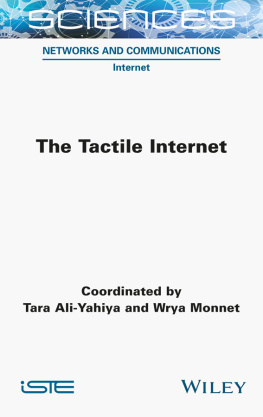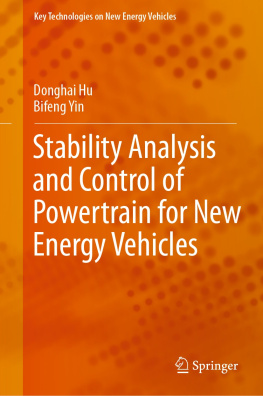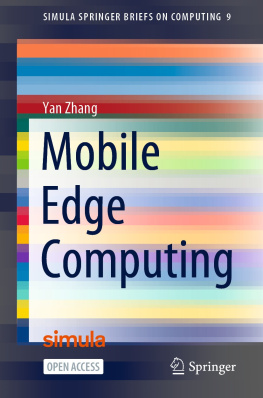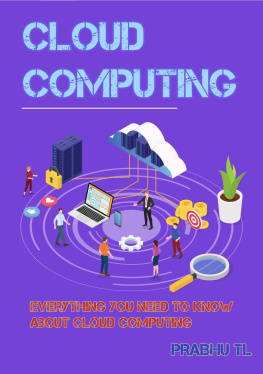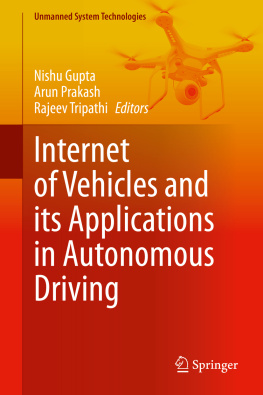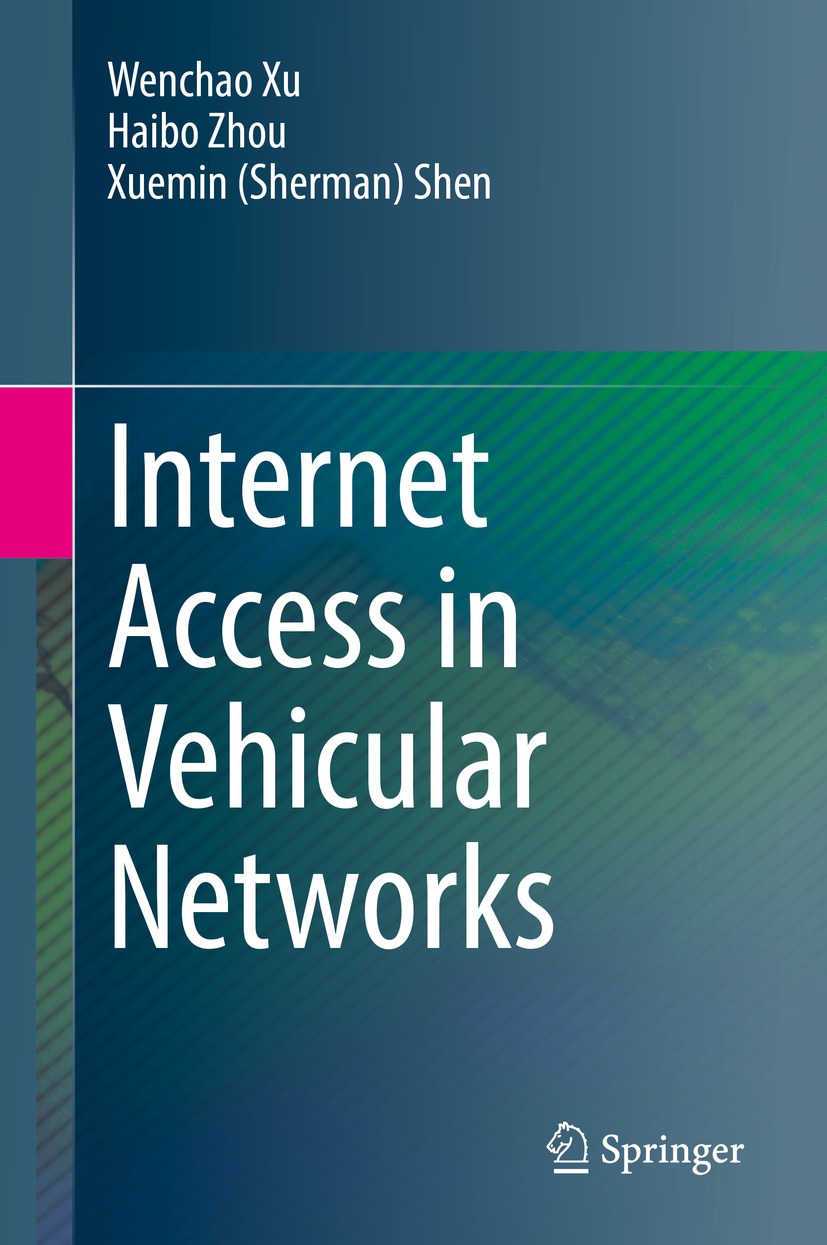Wenchao Xu
Department of Computing, Hong Kong Polytechnic University, Hung Hom, Hong Kong
Haibo Zhou
School of Electronic Science and Engineering, Nanjing University, Nanjing, China
Xuemin (Sherman) Shen
Electrical and Computer Engineering Department, University of Waterloo, Waterloo, ON, Canada
ISBN 978-3-030-88990-6 e-ISBN 978-3-030-88991-3
https://doi.org/10.1007/978-3-030-88991-3
The Editor(s) (if applicable) and The Author(s), under exclusive license to Springer Nature Switzerland AG 2021
This work is subject to copyright. All rights are solely and exclusively licensed by the Publisher, whether the whole or part of the material is concerned, specifically the rights of translation, reprinting, reuse of illustrations, recitation, broadcasting, reproduction on microfilms or in any other physical way, and transmission or information storage and retrieval, electronic adaptation, computer software, or by similar or dissimilar methodology now known or hereafter developed.
The use of general descriptive names, registered names, trademarks, service marks, etc. in this publication does not imply, even in the absence of a specific statement, that such names are exempt from the relevant protective laws and regulations and therefore free for general use.
The publisher, the authors and the editors are safe to assume that the advice and information in this book are believed to be true and accurate at the date of publication. Neither the publisher nor the authors or the editors give a warranty, expressed or implied, with respect to the material contained herein or for any errors or omissions that may have been made. The publisher remains neutral with regard to jurisdictional claims in published maps and institutional affiliations.
This Springer imprint is published by the registered company Springer Nature Switzerland AG
The registered company address is: Gewerbestrasse 11, 6330 Cham, Switzerland
Preface
Modern vehicles generate a large amount of data for many emerging automotive applications, such as road safety, traffic management, autonomous driving, and intelligent transportation system. The Internet of vehicles are expected to enable effective acquiring, storage, transmission, and computing for such big data among vehicle users and thus can facilitate better perception of both internal and external vehicular environments as well as the status of drivers, passengers, and pedestrians. To efficiently connect mobile vehicles to the Internet and conduct massive information exchange among vehicle users and the transportation system, it is essential to evaluate the Internet access performance via both the vehicle-to-roadside (V2R) and vehicle-to-vehicle (V2V) paradigms. Besides, in order to support reliable and efficient Internet access for mobile vehicle users, it is very important to explore various spectrum resources rather than solely relying on cellular networks, such as unlicensed WiFi band, TV White Space, opportunistic V2V data path. To set up effective Internet connection, a practical signaling process between a roadside access station and vehicle users is necessary, e.g., various management frames need to be transferred to set up effective Internet connections. As vehicles move around, it is possible for them to set up opportunistic connections to share the data contents, bandwidth, and computing capacities, which can enable a variety of novel computing and communication paradigms that are beneficial to future automotive applications. In this monograph, we investigate the Internet access procedure and the corresponding analytical evaluation methods, as well as novel machine learning paradigms for reliable and robust Internet connectivity on the road. We first introduce the Internet access of vehicles and propose an analytical framework for modeling of Internet access performance via the roadside hotspots, considering the necessary Internet access procedure that comprised of association, authentication, and network configuration steps, where the access delay and throughput capacity are evaluated in drive-thru Internet scenario. We then explore the interworking of different V2X communication paradigms and study the opportunistic assistance from neighboring vehicles, which apply the V2V communication to conduct Internet data offloading upon the interworking of V2V and V2R communication, where the trade-off between the delay and throughput of the V2V assistance is analyzed. In addition, we take a close look at the wireless link management between the vehicle and Internet access stations. We investigate the V2X channel that is highly varying and thus difficult to accommodate proper modulation and coding scheme to satisfy various user quality-of-service (QoS). To deal with such issue, we apply big data analytics and show that the proposed data-driven and learning-based methods can greatly reduce the packet drop rate and thus improve the Internet access performance in terms of both access delay and transmission throughput. Several case studies are presented to examine the utility of the big vehicular data to enable the intelligent Internet access. Furthermore, to train the machine learning models among vehicle users in a distributed manner, we design efficient IoV protocols to boost the training process, including the rateless coding-based broadcasting scheme for intelligent model delivery that can enhance the process of collaborative learning among vehicles, whereby asynchronous federated learning can be conducted for mobile vehicles with high mobility and opportunistic inter-contacts. We hope that this monograph will provide inspiration and guidance on further research and development of the future Internet of vehicles.
We would like to thank Prof. Weihua Zhuang from the University of Waterloo (UW), Prof. Song Guo from The Hong Kong Polytechnic University, Prof. Nan Cheng from the Xidian University, and many UW BBCR members for their contributions in the contents of this monograph and great support to related research projects. Special thanks are also due to the staff at Springer Science+Business Media: Susan Lagerstrom-Fife, for her great help in the publication of the monograph.
Wenchao Xu
Haibo Zhou
Xuemin (Sherman) Shen
Hung Hom, Hong Kong Nanjing, China Waterloo, ON, Canada
Acronyms
AAA
Authenticate, authorization, and accounting
AI
Artificial intelligence
AP
Access point
AS
Aggregation server
BAP
Broadcasting enabled asynchronous parallelization
BS
Base station
COTS
Commercial off-the-shelf
CSI
Channel state information
DCF
Distributed coordination function
DL
Deep learning
DRL
Deep reinforcement learning
DSRC
Dedicated short-range communication
FEL
Federated edge learning
FL
Federated learning
IoV
Internet of vehicle
ITS
Intelligent transportation system
MAC
Medium access control
MCS
Modulation and coding scheme
ML
Machine learning
NLOS
Non-line-of-sight
OBU
Onboard unit
RA
Rate adaptation
RSSI
Received signal strength indicator

